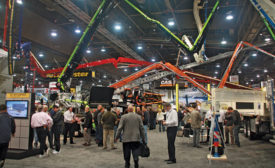Articles by Jim Parsons
ENR Southeast's 2016 Owner of the Year: Brightline
All Aboard Florida's Self-Propelled Paradigm Shift
Read More
The latest news and information
#1 Source for Construction News, Data, Rankings, Analysis, and Commentary
JOIN ENR UNLIMITEDCopyright ©2025. All Rights Reserved BNP Media.
Design, CMS, Hosting & Web Development :: ePublishing






